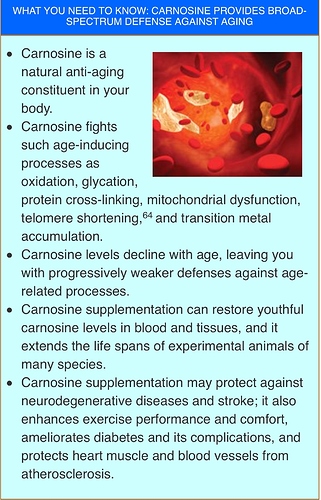Today I listened to the LLVLC with John McDougall. I know probably a mistake. I thought his resorting, I am a doctor thats why I know to be a bit much. I was a little concerned about his comment about the Inuit women from 500 years ago who were found frozen and having osteoperosis to be a little concerning so I started doing a little more research. Found this article
about this study http://www.sciencemag.org/news/2015/09/fish-oil-good-you-depends-your-dna
We realize now that different human populations have adapted to different diets, so what’s healthy for one person might not be healthy for other people Nielsen says
There were also some references online to Inuits eating their traditional diet who aged faster and did not live as long. To go completely down the rabbit hole here is one from T. Colin Campbell http://nutritionstudies.org/masai-and-inuit-high-protein-diets-a-closer-look/#cite-ref-3
Thoughts?


